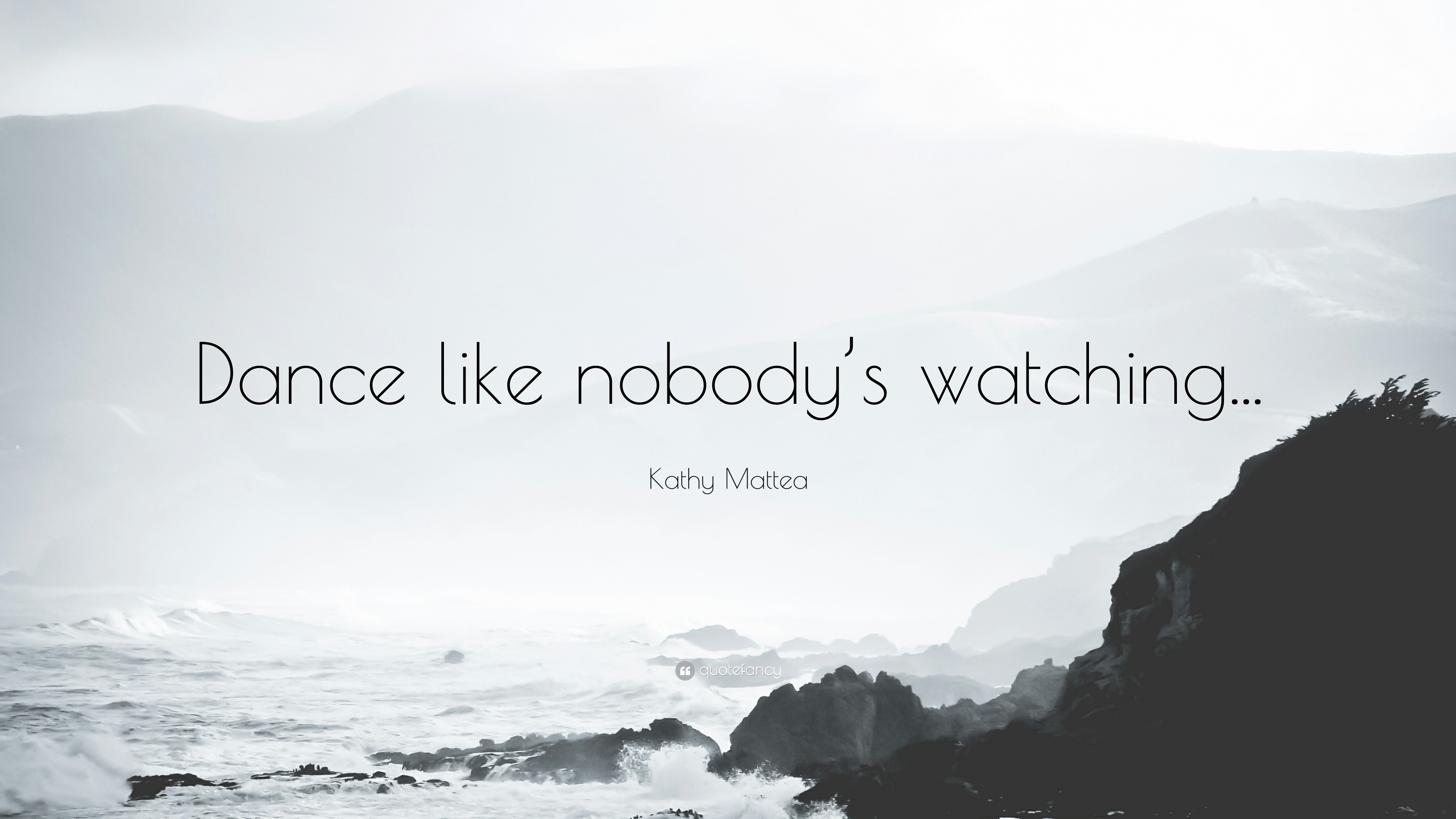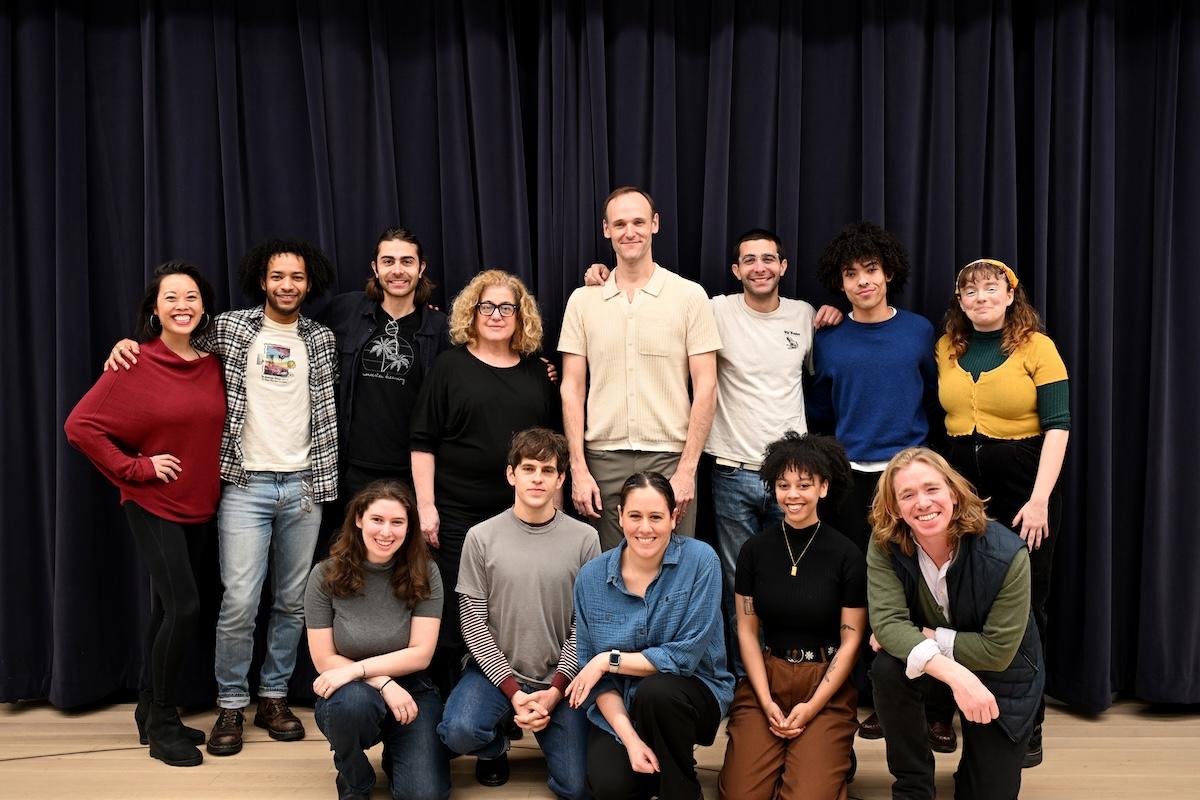Dance like somebody’s watching can be a liberating mantra that encourages true expression and bold display of self through movement. When you take to the floor without inhibition, it opens up an avenue for you to explore dance freedom and showcase your individuality. Rather than worrying about how you appear to others, embrace the art of expressive dance and allow your body to tell a story. This confidence in visibility can lead to not just personal enjoyment but also a deeper connection to audiences, reflecting the raw emotions behind every step. So, shake off the doubt and let your spirit soar as you dance like somebody’s watching – because in the dance world, every move counts!
Embracing the idea of moving with purpose creates an exhilarating atmosphere where every performance feels alive. The concept of dancing with an awareness of external observers invites individuals to reconsider their relationship with movement and authenticity. Allow your creative impulses to flow freely, leading to a unique expression where spiritual dancing transcends mere physicality. This shift in perspective fosters an environment ripe for exploration, where each dancer is inspired not just to move but to converse through their gestures. So, when you step onto the dance floor, think of it as a stage filled with an audience that awaits your story.
Embracing Visibility in Dance: Why You Should Dance Like Somebody’s Watching
The essence of dance is visibility; it’s about expressing emotions and stories in a way that others can perceive and feel. When we dance like somebody’s watching, we allow ourselves to step into the spotlight and share our unique narrative with the world. Jeffrey L. Page emphasizes that our bodies can communicate powerful messages, almost like a written essay. Instead of hiding behind a veil of invisibility, embracing the attention can free us to showcase our true selves. This mindset liberates dancers from the fear of judgment and encourages them to share their artistry without reservation.
Visibility in dance also creates a communal experience where observers can connect with the dancer’s journey. When we perform as if everyone is watching, we engage with our audience, inviting them into our emotional landscape. It transforms the act of dancing into an expressive dance that resonates with others. By prioritizing visibility, we can challenge societal norms and break through the invisible barriers of respectability politics, opening pathways to greater acceptance and understanding of diverse dance forms.
Dance Freedom: Finding Your Unique Expression
Dance freedom involves shedding preconceptions about how one should dance, allowing for personal interpretation and expression. The act of dancing should never be about conforming to standards of perfection; instead, it’s a celebration of individuality. In the spirit of djine foly, a Malian tradition that encourages dancers to enter a trance-like state, freedom in movement fosters spontaneous creativity, leading to an authentic connection with ourselves and our culture. This type of spiritual dancing invites a deeper exploration of emotions, making each performance a deeply personal journey.
By promoting dance freedom, instructors like Page create spaces where learners can express their emotions without fear. This release often begins with letting go of physical and mental burdens; by screaming or shouting, students can physically manifest their struggles, making room for uninhibited movement. Such practices align closely with the benefits of expressive dance, which transcends mere choreography and taps into deeper emotional and spiritual aspects of their identities, allowing students to discover their unique voices.
The Power of Spiritual Dancing in Community
Spiritual dancing, as referenced in practices like djine foly, allows individuals to tap into a collective consciousness through shared movement. This ancient form of dance serves not only as a form of personal expression but also as a sacred ritual that links community members together. It is during these shared experiences that one can truly feel the significance of every movement; each person becomes a storyteller, sharing their cultural identity and beliefs. The bond formed through such communal expressions fosters joy and spiritual well-being.
Communal dancing offers participants a sense of belonging and visibility. When we dance together, we celebrate each individual’s freedom to express themselves, breaking the isolation that often accompanies modern life. As couples, groups, and larger communities gather to share their dance, they reinforce connections that transcend verbal communication. This dance freedom strengthens cultural ties and celebrates the diversity within the community, creating an enriching environment for both the dancer and the observer.
Dance Tips for Unleashing Your Inner Performer
Unleashing your inner performer requires a willingness to explore various dance styles and techniques. One essential dance tip is to start from within—understanding your emotions and allowing them to guide your movements can create a powerful performance. Forget about how you appear to others and focus instead on what you feel when the music plays. This approach empowers dancers to express their deepest emotions, resulting in an authentic and electric performance that resonates with audiences as if each movement were written in the air.
Another crucial aspect is to seek out dancing experiences that encourage you to break free from your comfort zone. Whether it’s joining a dance class, attending workshops, or simply dancing at home, every moment of practice contributes to your growth as a dancer. Engaging in new styles, like contemporary ballet or cultural dances, helps expand your expressive range and introduces you to different perspectives on dance and movement. The more you explore, the more fearless and visible your dance becomes.
Finding Tranquility through Dance as a Spiritual Practice
Dance can be more than performance; it can serve as a meditation and spiritual practice. By focusing on the rhythm and movement rather than technique, individuals can find tranquility in their bodies. This sense of peace allows for introspection and visceral expression. When dancers enter this meditative state, they experience the beauty of movement as a pathway to spiritual awakening, often feeling connected to a higher purpose.
Additionally, incorporating mindful breathing and intentional movement into dance can deepen this spiritual experience. As the body relaxes and the mind shifts to a peaceful state, dancers might find themselves communicating with their inner self. This level of connection can lead to profound joy and release, helping to alleviate stress and anxiety. It confirms that dance is not merely a form of expression but a holistic approach to wellness, embodying the idea of spiritual dancing that celebrates life.
Overcoming Insecurity in Movement
Insecurity is a common barrier that can hinder one’s ability to dance freely. Many individuals often cringe at the thought of being judged by an audience, believing that their movements must align with conventional ideals. However, it is essential to understand that every dancer begins somewhere; growth comes from embracing flaws and imperfections. One effective dance tip is to practice in a safe environment where you can let go of self-consciousness and focus purely on the joy of movement. Regular practice helps build confidence and allows one to discover their unique style.
Moreover, viewing dance as a form of self-therapy rather than a performance can significantly alter one’s mindset. This shift encourages dancers to embrace vulnerability in their expressions, which can be incredibly liberating. As Page suggests, understanding that “nobody is caring about how you look,” allows performers to shift their focus from external validation to self-acceptance, resulting in more authentic and compelling performances.
The Relationship Between Dance and Culture
Dance is an integral part of cultural identity, often reflecting a community’s values, traditions, and historical narratives. Every movement tells a story, linking generations of individuals back to their roots. Cultural dances often carry deep meanings and serve as a vehicle for preserving heritage in an age of rapid globalization. Engaging in cultural dance not only preserves these traditions but also invites others to learn and appreciate different backgrounds.
Moreover, as dancers explore various cultural styles, they garner insights into the subtleties that define each dance form. Understanding the historical context and significance of dances can enhance one’s appreciation for diversity in the art form. By embracing and respecting varied dance traditions, we pave the way for a more inclusive environment where everyone can share their unique narratives and experiences through movement.
Healing Through Dance: A Therapeutic Journey
Dance therapy has gained recognition as a powerful tool for healing, utilizing movement to promote physical, emotional, and social integration. Engaging in dance creates a bridge between mind and body, allowing individuals to express emotions that may be difficult to verbalize. This therapeutic approach can significantly alleviate symptoms of anxiety and depression, helping participants reconnect with their playful and expressive self. Dancers often emerge from sessions feeling lightened, as if they’ve released years of built-up emotions.
Furthermore, the healing power of dance is often amplified in group settings. Sharing space and movement with others fosters a sense of belonging and understanding, which is fundamental in recovery processes. In a safe and nurturing environment, dancers can support one another, creating bonds that feel empowering. This communal healing resonates deeply, as each participant contributes to the collective energy, reinforcing the idea that we can find our voice amidst the rhythm of togetherness.
The Transformative Power of Dance in Personal Development
Dance is not just an artistic expression but a journey of personal development that fosters self-growth and resilience. As dancers step out of their comfort zones, they cultivate bravery, learning to navigate life’s challenges with grace and confidence. This transformative experience empowers individuals to face fears, embrace vulnerability, and develop a strong sense of self. With every dance session, they become more attuned to their needs and desires, often leading to a profound understanding of their emotional landscapes.
Additionally, this dance journey reinforces the importance of discipline and commitment. Just like any skill, the dedication to improving one’s dance abilities teaches individuals valuable lessons about perseverance and hard work. The connections made through dance with fellow enthusiasts and instructors foster a sense of accountability and encouragement, pushing dancers to continually strive for growth. Overall, the power of dance in personal development highlights the importance of visibility, expressiveness, and the liberation of one’s spirit.
Frequently Asked Questions
What are some tips to dance like somebody’s watching with confidence?
To dance like somebody’s watching, start by embracing the freedom of expression. Allow yourself to feel the music and let go of inhibitions. Focus on your body movements and how they convey emotions. Practice using expressive dance techniques that prioritize your comfort and joy. Remember, it’s not about perfection; it’s about emulating the feeling of being on stage and being seen, which can enhance the authenticity of your dance.
How can spiritual dancing help you express yourself more freely?
Spiritual dancing taps into deeper emotions and enables you to express your inner self. By experiencing the trance-like state common in spiritual dancing, such as the Malian practice of djine foly, you can release pent-up feelings and establish a connection with your true self. This form of expressive dance invites you to share your narrative boldly, enhancing visibility and creating a joyful atmosphere.
Why is dance visibility important for personal expression?
Dance visibility is crucial for personal expression because it allows you to communicate your story through movement. When you dance like somebody’s watching, you harness the power of your unique narrative to captivate an audience. Emphasizing dance freedom without concern for judgment liberates your creative spirit and transforms your performance into an authentic representation of who you are.
What does it mean to dance with intention and purpose?
Dancing with intention and purpose means being fully present in your movements and understanding the emotions you wish to convey. It involves letting go of external judgments and focusing on what you want others to perceive. This approach allows you to express yourself genuinely, enhancing the impact of your dance on others and fostering a connection that is both spiritual and expressive.
How can I overcome the fear of dancing in front of others?
Overcoming the fear of dancing in front of others starts with a mindset shift. Remind yourself that nobody is watching with critical eyes; they’re there to appreciate the joy of dance. Practice expressive dance techniques in private first, then gradually incorporate larger audiences as you build confidence. Focus on the experience of dancing rather than perfection, and create a supportive environment where you can feel free to express yourself fully.
What role does emotional release play in expressive dance?
Emotional release is a vital aspect of expressive dance, as it allows dancers to unburden themselves from stress and anxiety. Techniques such as spontaneous movement or even shouting can facilitate this release, making space for genuine expression. When you let go of emotional constraints, you open the door to deeper creativity and connection with your audience, ultimately enhancing the dance experience.
| Aspect | Details |
|---|---|
| Choreographer | Jeffrey L. Page, a director and lecturer at Harvard, offers insights on dancing. |
| Core Concept | Dancing like someone is watching promotes visibility and self-expression. |
| Cultural Reference | The practice of ‘djine foly’ in Mali connects dance to spiritual experiences. |
| Emotional Release | Dancing allows individuals to release burdens and express emotions freely. |
| Teaching Method | Page encourages students to shout and let go of stress to enable dancing. |
Summary
To dance like somebody’s watching is a powerful way to embrace visibility and personal expression. In a world where many feel the pressure to conform, this practice reminds us of the joy and freedom found in dance. It encourages individuals to connect deeply with their emotions, as demonstrated by the cultural traditions such as djine foly. Ultimately, the message is clear: let go of judgment and dance authentically, inviting others to witness the story your body tells.



